The Great Indian Bustard, one of India’s iconic birds, once ranged across most of the Indian subcontinent. Due to a variety of factors, however, the Great Indian Bustard is also now India’s rarest bird and faces imminent extinction.
The following is an interview with Ramki Sreenivasan, co-founder of Conservation India, a group that recently petitioned the Rajasthan Chief Minister to kick start “Project Bustard.”
This interview also includes dialogue with Dr. Abi Tamim Vanak, an animal ecologist and conservation biologist specializing in the flora and fauna of India’s semi-arid savannas and grasslands.

INTERVIEW WITH RAMKI SREENIVASAN AND ABI TAMIM VANAK
Mongabay: Please tell our readers about the Great Indian Bustard and the significance of this critically endangered bird.
Ramki Sreenivasan: The Great Indian Bustard (Ardeotis nigriceps) is India’s rarest bird and among one of the heaviest flying birds. It is a true grassland species and also represents the need for saving India’s grasslands, which are equally threatened and often considered wasteland. There now are less than 200 Great Indian Bustards left, and the species is classified as Critically Endangered. Furthermore, this tiny number of Great Indian Bustards are fragmented into small populations across several Indian states, making the bird even more prone to extinction.
If urgent and targeted conservation actions are not taken immediately, this magnificent bird will almost certainly go extinct in the very near future—the first mega species to go extinct in India in recent times.
Once a species found across most of India, the Great Indian Bustard is now confined to only eight pockets in five or six Indian states: Rajasthan, Gujarat, Maharashtra, Karnataka, Andhra Pradesh, and possibly Madhya Pradesh. The largest population of about 100 birds can be found in the Jaisalmer, Barmer, and Bikaner districts of Rajasthan, where it is the state bird. Remaining populations number less than 30 birds each. It may be already extinct in Madhya Pradesh, as there are no reliable current estimates from this region.
Mongabay: What are the main threats to the Great Indian Bustard?

Ramki Sreenivasan: The threats to the Great Indian Bustard are many and include:
-
Reduction in undisturbed arid grassland habitat
-
Hunting and/or poaching
-
Lack of natural grassland conservation in policy, law, and PA network due to incorrect perception of ecological value vis-a-vis forests
-
Lack of protection for many “lekking” and nesting sites. A lekking site is a traditional place where males gather to display and attract females
-
Lack of cooperation between different departments/stakeholders in Great Indian Bustard habitats
-
Lack of awareness and support from local communities
-
Livestock overgrazing and predatory feral dogs
-
Disturbance by wildlife photographers: there is now enough anecdotal evidence to show that photography of the species causes significant disturbance
Mongabay: It seems the greatest threat to the Great Indian Bustard has been loss of habitat. How can this be corrected?
Ramki Sreenivasan: There are many layers to this issue. The cause for rapid decline of the bustard is definitely loss of habitat. These landscapes are poorly appreciated for their ecological value, considered wasteland, and exploited for agriculture, industry, irrigation schemes, and roadways.
A more specific issue today is that while the bird may have some habitat protected, its lekking sites are not. When these sites are subjected to disturbance or degradation, Great Indian Bustards may not be able to breed.
So, even if large areas of potential Great Indian Bustard habitat are protected, but specific lekking sites are not, Great Indian Bustard numbers will continue to slide. Since there are multiple threats to these sites, such as industrial development, agriculture, irrigation and highways, political will and cooperation by multiple government departments and local communities is vitally needed to protect the lekking sites and save the Great Indian Bustard. A forest department initiative approach will be insufficient.
Mongabay: What needs to be done immediately to save the Great Indian Bustard?

Ramki Sreenivasan: The central Ministry of Environment and Forestry (MoEF) must launch a full-scale conservation project based on a sound scientific plan and developed in consultation with national and international experts and key people from each Great Indian Bustard state. In addition:
-
State governments must establish a Great Indian Bustard task force in every Great Indian Bustard state, with handpicked membership that includes dynamic and committed government officials from different departments: biologists, conservationists, and local community leaders.
-
State governments must also secure and fully protect all ‘lekking’ sites. This may be the single most important step in saving the species.
-
The feasibility of captive breeding by a core group of international experts with experience in breeding bustards, or similarly endangered birds, needs to be examined. (The recovery of the California condor, a large, slow breeding bird on the verge of extinction, resulted from captive breeding. From 22 birds left in the wild, their numbers have increased to 405, with 226 living in the wild).
-
Entry and photography in all known bustard habitats must be prohibited during the breeding season (Apr 1- Oct 31).
Mongabay: Very recently, the state government of Rajasthan launched an effort called “Project Godawan” (or Project Bustard) to help save the Great Indian Bustard. How did this come about?
Ramki Sreenivasan: Conservation India ran a campaign urging its readers to write to the Chief Minister of Rajasthan (the largest stronghold of the Great Indian Bustard) expressing their concern. Special credit must also go to Rajasthan’s Forest Minister, Ms. Bina Kak, for her leadership in this matter. Ms. Kak, a committed conservationist, has been passionately engaged with several conservation projects in the state.
As a result, Rajasthan became the first state to introduce a plan to recover its critically endangered state bird. On June 5, 2013, the state announced a Rs. 12 crore ($2M Plus) “Project Great Indian Bustard,” to begin later this year. Conservation India will track the implementation of this project and post updates from time to time.
In the meantime, we applaud the government of Rajasthan for its momentous decision and hope that other Great Indian Bustard range states will follow its lead.
Mongabay: Since the remaining Great Indian Bustards are scattered across fragmented habitats in India, have intra-state politics in India had a negative effect on the conservation of this bird?
Abi Tamim Vanak: I doubt that intrastate politics has anything to do with Great Indian Bustard conservation. The problem lies more with national and state level agencies being ill-equipped to deal with species conservation in poorly appreciated landscapes that go beyond individual department jurisdictions. Thus, instead of adapting conservation efforts around the ecology of the bird, we have gone ahead with the usual Protected Area centric model. While this is necessary, it is not sufficient. As explained earlier, bustard’s lekking sites outside a protected area would need a collaborative approach to keep disturbances out so the birds have a chance to breed.
Mongabay: What role can science play in Great Indian Bustard conservation?

Abi Tamim Vanak: A significant one. We don’t even know if Great Indian Bustards are moving across states. Does the South-Central Indian Great Indian Bustard population (of Maharashtra, Karnataka and Andhra Pradesh) consists of two or three sub-populations or is there only one intermingling population using the entire area? This information is critical and easily obtained through either low-tech means, such as leg-banding or patagium wing tagging, or with high-tech tools like GPS or satellite tags. But, until recently, scientific communities as well as various bureaucracies have chosen to be ostrich-like about the Bustard’s future.
We believe newly proposed studies will get real scientific estimates of the actual population size (rather than wild guesstimates) and bird movement, both integral components to improving conservation plans.
Also encouraging, the Gujarat government (the state with the second largest Great Indian Bustard population) has just given clearance to the Wildlife Institute of India, a wildlife research center based in Dehradun, to track Great Indian Bustard by satellite.
Mongabay: Previously, captive breeding efforts have failed for the Great Indian Bustard. Why did this occur? How should ex-situ conservation (captive breeding) to safeguard this beleaguered species be developed?
Abi Tamim Vanak: Captive breeding in India has failed simply because it has never been approached in a scientific manner. All previous attempts have been ad hoc, poorly planned, and with little cooperation between member states. We should ensure that the mistakes of the past are not repeated. With the current population status, only one state (Rajasthan) has a sufficient number of birds to allow for capture of wild individuals, or collection of eggs. Most importantly, we should seek the scientific expertise of groups working with the Australian Bustard (the closest relative), as they are the only ones who have had any success.
Mongabay: In closing, do you think there is time to save the Great Indian Bustard? What is the best game plan?
Ramki Sreenivasan: While the species is on the brink and continues to slip, we definitely think all is not lost. Species in graver situations (sometimes reduced to just a few remaining individuals) have recovered thanks to strong and strategic conservation initiatives. The California Condor, Mauritius Parakeet, and the Norfolk Island Green Parrot are just a few examples of birds that were virtually written off in the mid-1990s but have been saved by determined conservation efforts.
The announcement of the “Project Great Indian Bustard” by the Rajasthan state government is definitely a great step in the right direction. It establishes political commitment and provides execution support for forest officers. We hope other Great Indian Bustard range states follow in its footsteps.
Still, a lot of work lies ahead to protect the Great Indian Bustard. We need to maintain the momentum of the current enthusiasm for saving the Great Indian Bustard. It is one among many of India’s conservation challenges.
This article was written by Mark Szotek for Mongabay.com

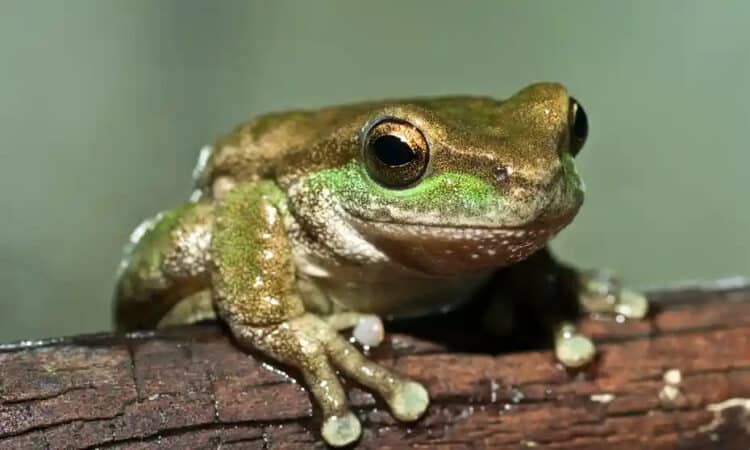

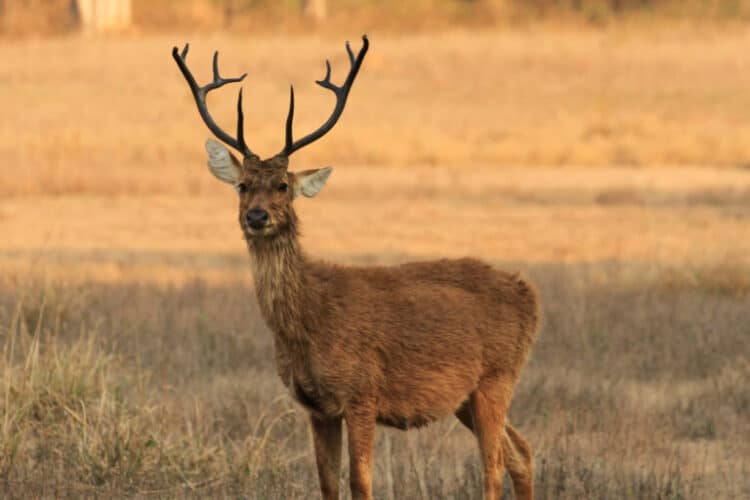
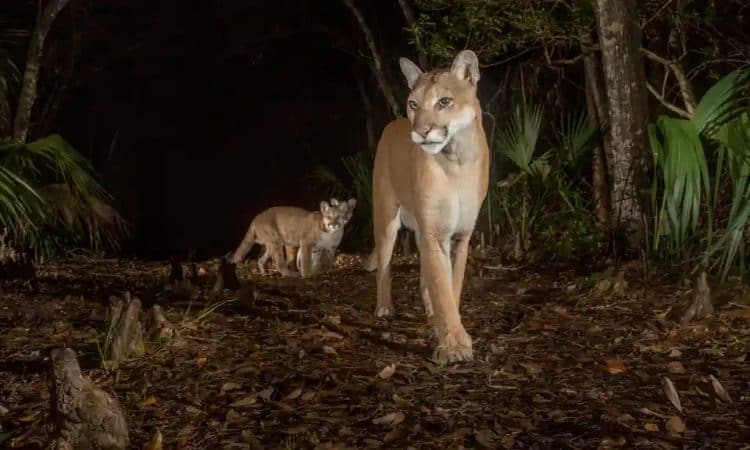
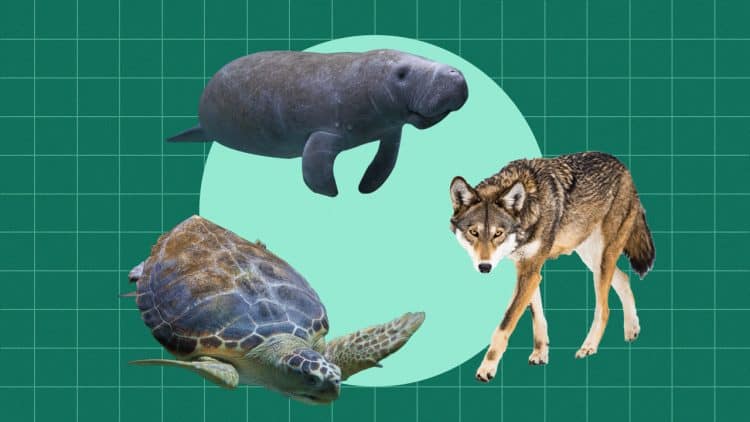
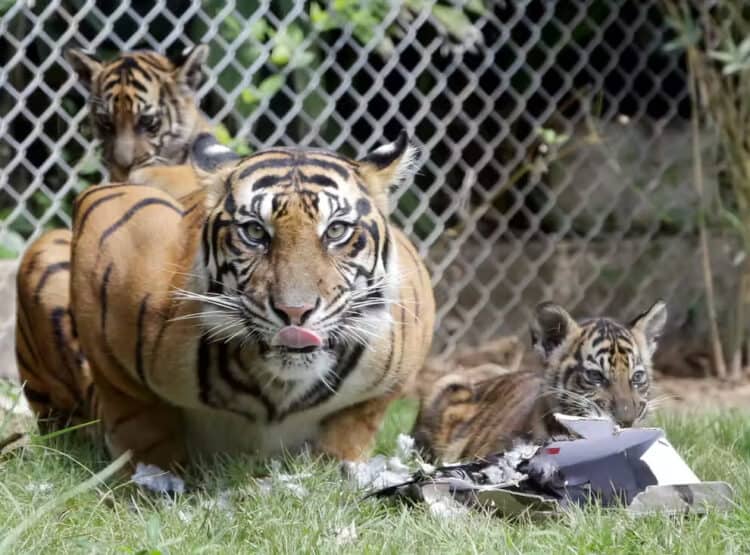
Leave a Reply